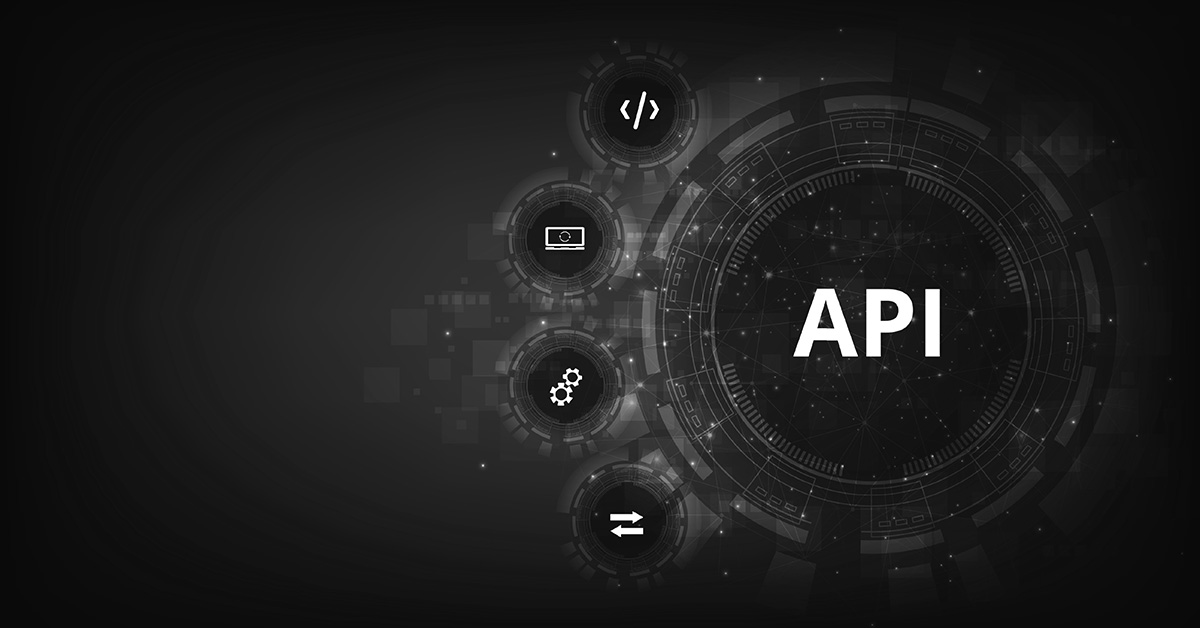- Leadership Through Giving: How the Americas Partner Organization is giving Back
- Walmart is discounting one of my favorite Sony Bluetooth speakers
- Welcome Our Newest Associate Participating Organizations
- This battery floodlight camera is perfect for my dark yard (and just hit its lowest price)
- I set up portable solar panels in my backyard for a month - and the results impressed me
The growth of APIs attracts Cybercrime: How to prepare against cyber attacks

Application Programming Interfaces (APIs) have profoundly transformed the internet’s fabric. In the pre-API era, digital interactions were limited by siloed systems functioning in isolation. APIs dismantled these barriers by introducing a universal language that diverse applications could comprehend. This linguistic bridge facilitated an unprecedented level of interconnectivity between software entities.
APIs are the conduits through which software components communicate, interact, and share functionalities; this has led to an environment where applications, platforms, and services seamlessly collaborate, transcending their capabilities. The internet, once a collection of discrete entities, has morphed into an intricate web of interwoven functionalities that users traverse effortlessly.
Moreover, APIs have been instrumental in democratizing technological innovation. By allowing developers to harness existing functionalities, APIs accelerate the creation of novel solutions, propelling the evolution of applications across domains like e-commerce, mobile apps, cloud computing, and beyond.
The concept of modularity has been reshaped by APIs, giving rise to microservices architecture. This approach, underpinned by APIs, enables applications to be composed of smaller, specialized services that communicate harmoniously. Consequently, scalability, maintenance, and flexibility are greatly enhanced.
In essence, APIs have unfurled a landscape where digital interactions are fluid, innovation is rapid, and the internet’s potential is boundless. The transformation they’ve ushered in has redefined how we envision, construct, and experience the digital realm.
As API adoption increases, so too have the attacks launched upon them. Unique attackers have grown by 400% within a six-month period. And API attacks can be highly damaging; an attack on the Australian telecoms giant Optus exposed the information of more than a third of Australia’s total population. This article will explore the evolving landscape of API-based cyber threats and outline practical strategies to bolster your defenses.
API-Related Cyber Threats
- Injection Attacks: Like traditional software applications, APIs are vulnerable to attacks like SQL injection and Command Injection. Hackers exploit poorly sanitized user inputs to execute malicious code and gain unauthorized system access.
- Denial of Service (DoS) and Distributed Denial of Service (DDoS): Cybercriminals can overwhelm APIs with an influx of requests, causing system slowdowns or crashes. DDoS attacks involving multiple compromised systems flooding the target can render APIs unusable.
- Authentication and Authorization Vulnerabilities: Weak authentication mechanisms and improper authorization checks can enable hackers to impersonate legitimate users or access restricted resources.
- Data Leakage: Inadequate data validation and insecure data storage can lead to data leakage through APIs, compromising sensitive information.
- Man-in-the-Middle Attacks: Cybercriminals intercept communication between two parties, potentially stealing sensitive data or altering the exchanged information.
- Broken Object Level Authorization: Attackers exploit flaws in authorization mechanisms to gain unauthorized access to different API parts.
- Insecure Deserialization: Malicious actors manipulate serialized data to execute arbitrary code, leading to remote code execution or privilege escalation.
- Insufficient Rate Limiting: Without proper rate limiting, APIs are susceptible to abuse by attackers who can flood the system with requests, causing service disruption.
Strategies for Preparedness
- API Security Testing and Code Review: Conduct thorough security testing, including vulnerability assessments and penetration testing, to identify potential weaknesses. Regularly review API code to ensure adherence to security best practices.
- Strong Authentication and Authorization: Implement multi-factor authentication (MFA) and robust authorization mechanisms to ensure only authorized users can access the API. Follow the principle of least privilege to restrict access to only necessary resources.
- Input Validation and Sanitization: To prevent injection attacks, validate and sanitize all user inputs. Use parameterized queries for database interactions to thwart SQL injection attempts.
- Encryption: Employ robust encryption protocols (such as TLS) to secure data in transit. Additionally, use encryption for sensitive data stored within the API.
- API Gateway and Rate Limiting: Utilize API gateways that offer features like rate limiting, throttling, and IP filtering to control and manage incoming traffic effectively.
- API-specific runtime protection: Deploy dedicated API security platforms that monitor API traffic for suspicious activities and can block attackers. Implement logging and monitoring to detect and respond to potential breaches promptly.
- Patch Management and Vulnerability Assessment: Keep all software components updated with the latest security patches. Conduct regular vulnerability assessments to identify and address emerging threats.
- Security Training and Awareness: Educate developers, system administrators, and other stakeholders about API security best practices. Foster a security-conscious culture within the organization.
- Incident Response Plan: Develop a comprehensive incident response plan outlining the steps to take in a security breach. Test the program through simulated exercises to ensure a swift and effective response.
- Third-Party API Security: If your application relies on third-party APIs, ensure that these APIs adhere to robust security measures. Thoroughly vet and assess the security practices of third-party providers.
The growth of APIs has undeniably transformed the digital landscape, enabling innovation and efficiency across industries. However, with this growth comes an increased risk of cyberattacks targeting these very APIs. Organizations must proactively prepare and fortify their API security defenses to safeguard their systems, data, and user privacy. By combining security testing, strong authentication, encryption, monitoring, and comprehensive training, businesses can reduce the potential for cyber threats and ensure a secure and resilient API ecosystem. As the technology continues to evolve, so must the strategies employed to protect it against emerging cyber risks.
Editor’s Note: The opinions expressed in this guest author article are solely those of the contributor, and do not necessarily reflect those of Tripwire.

